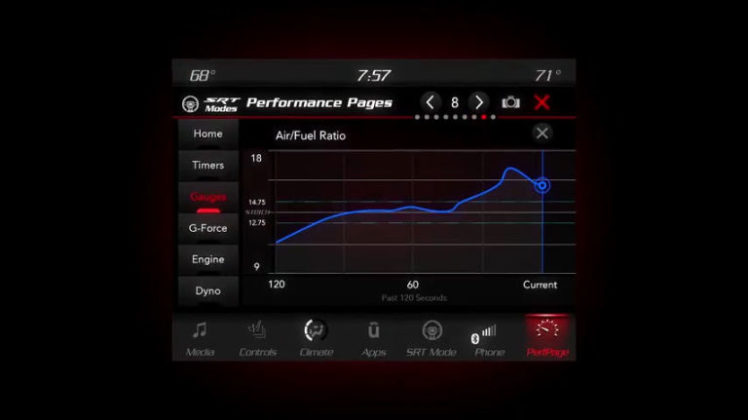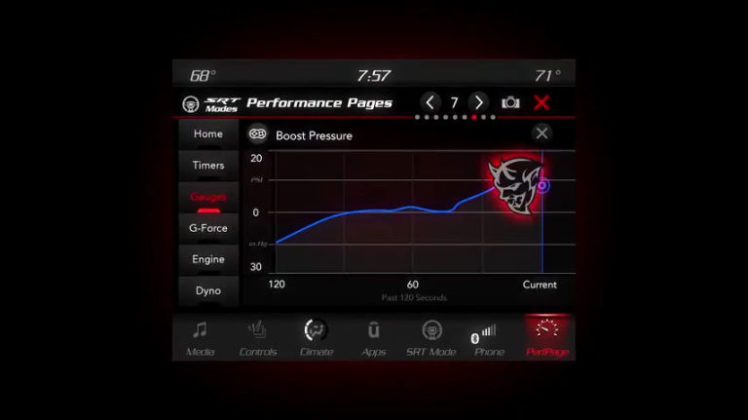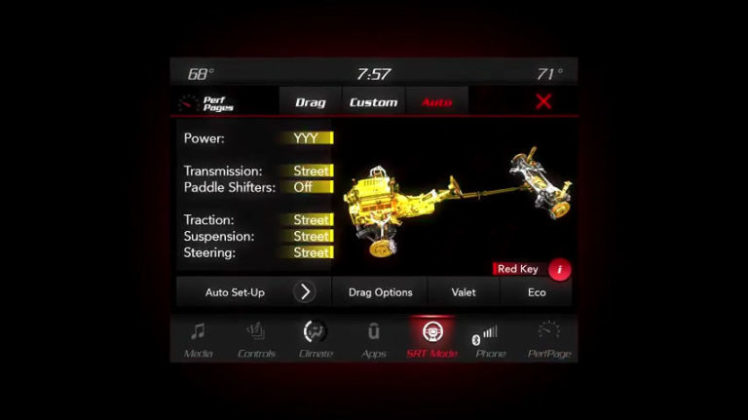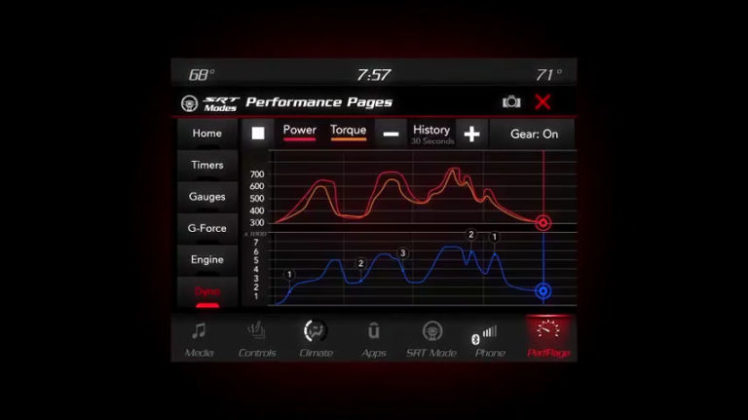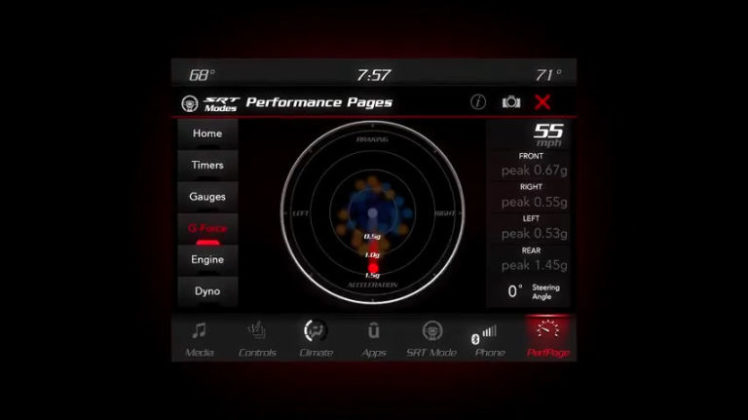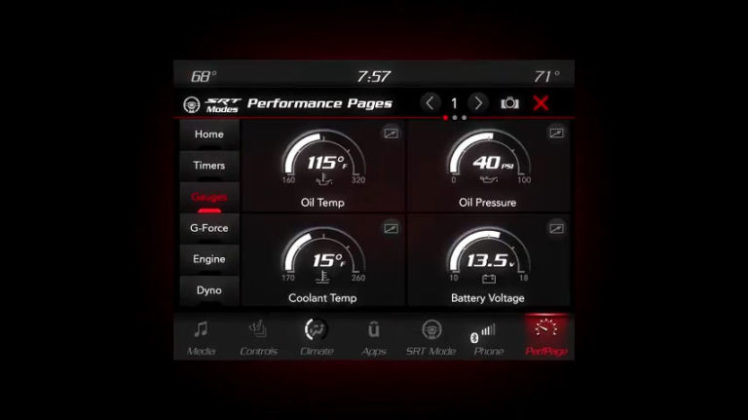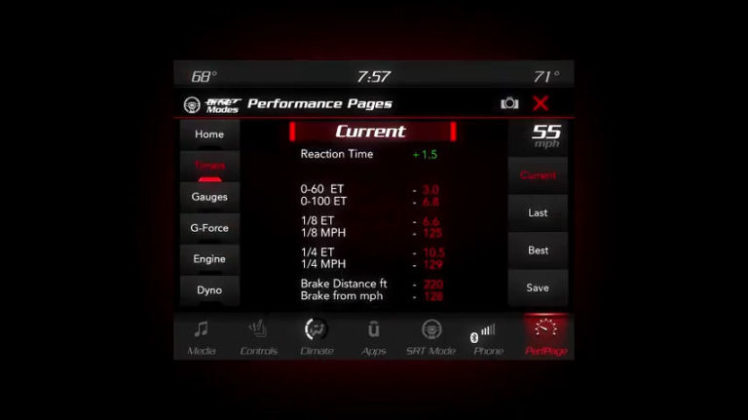Lots of interesting bits of information in this week’s Dodge video “Performance Pages” have been revealed. However it still doesn’t quite clear up all of the theories out there regarding the true horsepower and torque numbers. How good of a “tease” would the Dodge Demon videos be however if they didn’t agonize us in this way. Nonetheless, lets analyze the data given on the preliminary SRT Demon performance numbers.
We gathered screenshots from the quick data dump at the end of the video and here are the obvious performance specs Dodge wants us to see. Whether or not you believe them is up to you. More on that in a bit.
- 1/8th mile: 6.6 seconds @ 125 mph
- 1/4 mile: 10.5 seconds @ 129 mph
- 0-60: 3.00 seconds
- 0-100: 6.08 seconds in one page; 6.8 seconds on the next
- Boost: reaches up to 10psi, however a Demon logo seems to obscure a sizable spike
- Horsepower & Torque: both peak within the 750 range
We feel that these numbers should be taken with a grain of salt. There’s no indication from Dodge that they are real. It seems more likely that this is just an exercise to show us what the Performance Pages on the driver-oriented Uconnect system and its 8.4-inch touchscreen are capable of.
The most blatant problem is in comparing the intake air temp, boost pressure, air/fuel ratio, and coolant temp graphs. You’ll notice that they all follow the same trace which is literally impossible in real life.
When analyzing the numbers closely they just don’t seem to add up. The 1/4th mile trap speed clocked at 129 mph is only 4 mph quicker than the 1/8 mile at 125 mph. Surely a measure on the (assumed) same but second half of the run would yield a substantially higher trap speed. Two different pages give us two different 0-100 times – 6.08s and 6.8s. Unless something went seriously wrong between the two times that is just too large of a gap to be legitimate. Even inconsistent drivers would have a shot at keeping the range within two tenths of a second.
Lastly, place-holders are used on the drive mode pages where the power numbers should normally be displayed: Drag (XXX), Custom (XYZ), Auto (YYY). That should put to rest the theory that 7:57 on the time clock may not represent the horsepower. Also, there is no indication of what drive mode is being used to produce the SRT Demon performance numbers which leaves the door wide open to variabilities.
One thing for certain is that the SRT Performance Pages features a new data recorder tool allowing Challenger SRT Demon drivers to build an archive of data. In racing terms this is big news. Being able to compare previous sets of telemetric recordings gives drivers insight into their own potential driving technique improvements and car optimization for different tracks and weather patterns.
A couple of other small features worth mentioning is the driver selectable line-lock, RPM adjustable launch control setting and the gauge cluster shift lights can be customized for each gear.
Since these SRT Demon performance numbers leave a lot to be desired, it leaves us with no choice but to hang tight until the grand unveiling coming next month at the New York Auto Show.





